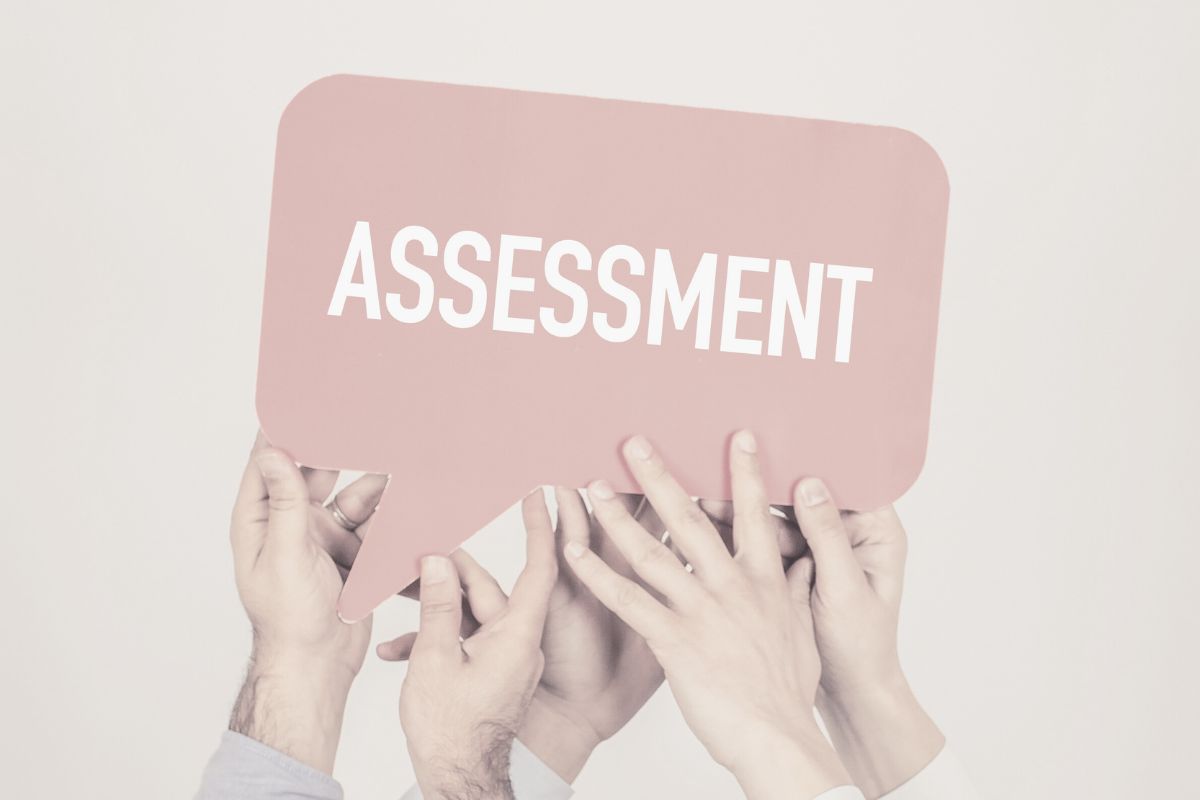Author: Kleinjan Redelinghuys
“I want to measure personality. What’s the best assessment out there?”
Clients often ask this question, and although the surface-level answer seems clear, the underlying reality is slightly more intricate. Hence, our usual response is: “It depends on”.
On what does it depend?
On the purpose. The audience. The context.
It also hinges on what you want to predict, what’s at stake, and what kind of personality you want to measure (e.g. normal traits, types, derailers, or psychopathology).
Consequently, choosing the “best” personality assessment is much like selecting a camera lens, where each reveals unique detail or depth, and the right one depends on what you’re trying to capture.
Let’s unpack that.
What Are You Hoping to Achieve?
Before picking an assessment, you need to clarify your purpose. For example, are you hiring for a high-stakes leadership role, building a team, supporting individual development, or assessing potential derailers in pressure situations?
Your answers will shape which assessments make sense and which don’t.
Choosing the Right Assessment: A Scenario-based Guide
Below, we explore several commonly used assessments from our catalogue, outlining what they’re for, who they suit best, and when you might want to use (or avoid) them.
Hogan Personality Inventory (HPI), Hogan Developmental Survey (HDS), and Motives, Values, Preferences Inventory (MVPI) (Hogan Suite)
Purpose: Workplace personality, especially for selection, leadership development, and succession planning
Target audience: Professionals, leadership candidates, and high-potential talent
What it measures:
- HPI: Day-to-day strengths and behaviours (the “bright side”)
- HDS: Risk factors and derailers under stress (the “dark side”)
- MVPI: Core values and motivators (the “inside”)
Practical considerations: Requires certification training; strong reporting tools; extensively validated for job performance; available in 40+ languages
Best for: High-stakes decisions in business environments
Myers-Briggs Type Indicator (MBTI)
Purpose: Self-awareness, team development, and communication style
Target audience: A broad range — from adolescents (14 years and older) to adults, students to executives, and individuals to teams
What it measures: 16 personality types based on preferences (e.g. ISTJ, ENFP)
Practical considerations: Require certification training; easy to administer; widely recognised; available in 20+ languages
Best for: Low-stakes settings like communication workshops, team building, and self-insight
Basic Traits Inventory (BTI)
Purpose: General personality profiling, often in selection, research, and individual development contexts
Target audience: Adolescents (14 years and older) and adults
What it measures: Big Five (OCEAN) personality domains and sub-facets
Practical considerations: Doesn’t require certification training; easy to administer; not limited to adult use; variety of reports
Best for: Career counselling, recruitment and selection, development, and research, where the stakes of each decision may vary
Work Personality Index (WPI)
Purpose: Workplace behaviour — selection, development, talent management
Target audience: Employees, managers, and general workplace use
What it measures: 17 work-related traits grouped under five performance domains
Practical considerations: Minimal training needed; user-friendly; variety of reports
Best for: Medium-stakes workplace uses where simplicity and clarity matter
Minnesota Multiphasic Personality Inventory (MMPI)
Purpose: Assessing psychopathology, mental health, and clinical risk
Target audience: Clinical settings, public safety roles (e.g. law enforcement)
What it measures: A wide range of psychological conditions and personality pathology
Practical considerations: Time-consuming; complex; can be perceived as invasive due to the personal nature of the items
Best for: High-stakes clinical and forensic decision-making
So, Which One Should You Use?
Start by asking yourself:
What’s the purpose?
Hiring, coaching, team building, research, clinical, development, conflict resolution, or another purpose?
Who’s the audience?
Executives, students, employees, clinical clients, individuals, or teams?
What are the stakes?
Low, medium, or high?
What kind of personality are you measuring?
Normal traits, types, work-related, extreme behaviour, values, or clinical indicators?
What practical factors matter?
Budget, test length, ease of use, cultural fit, reporting needs, predictive strength, psychometric soundness, certification training requirements, industry benchmarks, updated norms, language options?
Final Thoughts: Fit Over Fame
The best personality assessment isn’t necessarily the best known, highest-priced, or most complex. It’s the one that fits your context, audience, and goals, while simultaneously delivering reliable, valid, and well-normed results.
The Hogan suite is likely your best choice if you’re selecting for a senior leadership role. For a university research study, the BTI might be more appropriate. Running a light-touch team workshop? The MBTI could be just right. Whatever the case, the true power of psychometrics lies not only in the assessments themselves, but in how thoughtfully they’re applied. Accordingly, each has its unique place in the personality assessment space.
Bottom line: There’s no universal “best” assessment — only one that aligns best with what you're trying to achieve.
Need help finding the right fit? Get in touch — we’d be happy to guide you.
Share this post
Newsletter
Get up-to-date industry news right in your inbox



